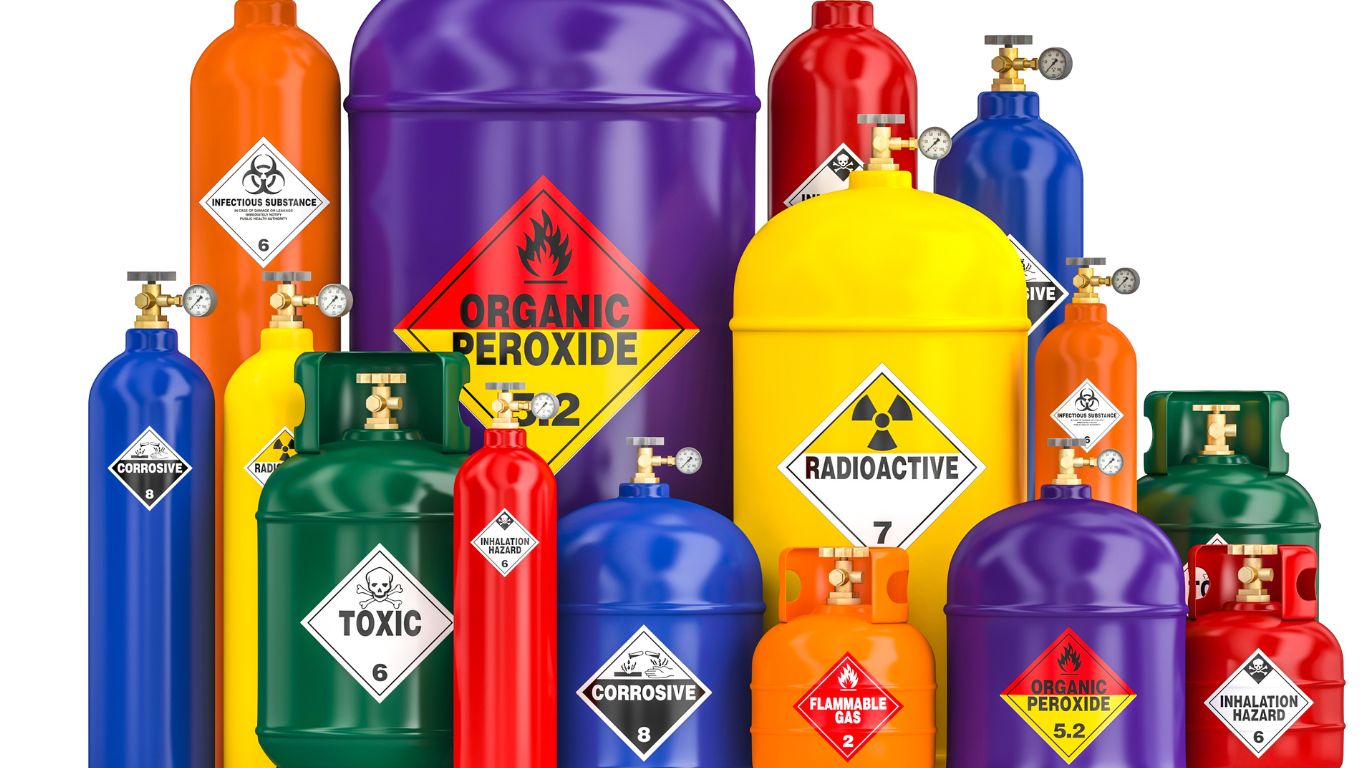
Overview
Dangerous Goods are materials or items that possess hazardous properties and, if not properly handled, can pose significant risks to human health, safety, infrastructure, and the environment. This course is designed to provide essential knowledge and safety practices for everyone involved in the transportation, packaging, and handling of Dangerous Goods.
Ensuring that employees understand their responsibilities when transporting Dangerous Goods is critical to preventing incidents that can lead to injury, environmental damage, and costly disruptions. Through this interactive classroom session, participants will gain a thorough understanding of the safety principles and legal requirements for handling Dangerous Goods.
The program is suitable for drivers, owners, contractors, operators, and any personnel involved in compliance, packaging, and freight forwarding. The content complies with the National Transport Commission's Australian Code for the Transport of Dangerous Goods by Road and Rail (Edition 7.6, 2018). The course also includes a session on load restraint safety to ensure secure and compliant transportation. Upon completion, all participants will receive a certificate of Attendance
Course Topics
Work Health & Safety (WH&S) Legal Requirements
Understanding legal obligations for the transport and handling of Dangerous Goods under WH&S regulations.
Identification of Dangerous Goods
Learning to accurately identify Dangerous Goods based on their classification and properties.
Classes and Sub-Divisions of Dangerous Goods
An overview of the nine Classes and their Sub-Divisions, explained in an easy-to-understand format for practical application.
Documentation and Record-Keeping
Understanding the legal requirements for documentation, including Dangerous Goods declarations, manifests, and transport documents.
Safety Equipment
An introduction to the essential safety equipment required when handling and transporting Dangerous Goods, including personal protective equipment (PPE).
Combination Packaging
Guidelines for safely packaging Dangerous Goods in combination with other materials to minimise risk.
Classification, Marking, and Placarding of Substances
Understanding the correct procedures for classifying Dangerous Goods, marking containers, and using appropriate placards to indicate hazardous materials.
Segregation and Stowage
Safe practices for segregating incompatible materials and ensuring proper stowage during transportation to prevent dangerous reactions.
Transfer of Dangerous Goods
Procedures for safely transferring Dangerous Goods between different modes of transport, or between transport vehicles and storage facilities.
Risk Assessments
How to conduct risk assessments when handling and transporting Dangerous Goods, identifying potential hazards and implementing control measures.
Risk Control Strategies
Developing effective strategies to mitigate and control risks associated with Dangerous Goods transport
Load Restraint Methods
Learning the best practices for safely securing Dangerous Goods during transport, including restraint systems and techniques.
